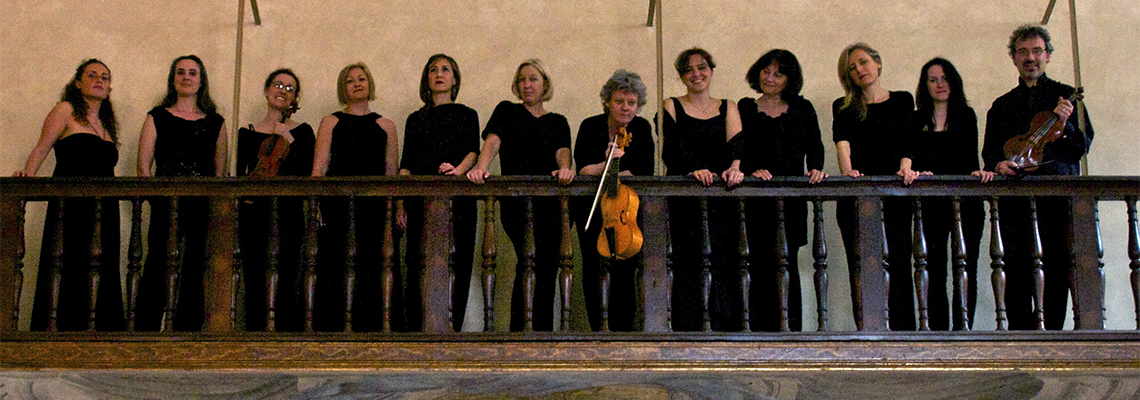
“So weltlich, so verboten schön.”
“So secular, so beautifully forbidden.”

"Des chapelets mystiques issus des monastères de l'Italie baroque du Seicento par un collectif de voix féminines bouleversantes."

so directly communicative of emotion.”
“The Cappella Artemisia concert was truly wonderful, immediately delightful, so colorful,

“Cappella Artemisia performed with zeal. The exuberant, well-blended ensemble singing sold the music.”

"To create an atmosphere of the sun-drenched cloisters of northern Italy on a damp night in Chard, and to uplift the spirits of all who heard them, is testimony to the skill, artistry and talent of each member of the group."


























